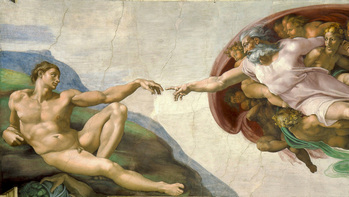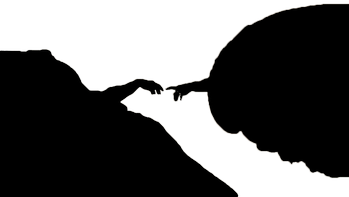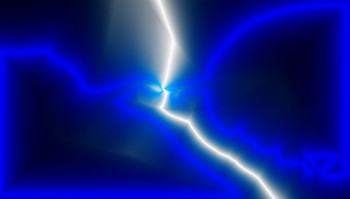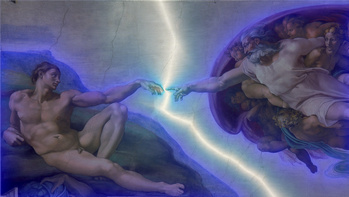The Creation of Adam, Michelangelo
In this fresco painted on the ceiling of the Sistine Chapel, two large focal areas stand out to contrast the two main figures (Figure 9).


Figure 9: Two opposing focal areas
Figure 9: Two opposing focal areas


Figure 10: Scanner result (left) and transparency (right)
Figure 10: Scanner result (left) and transparency (right)
Author of the activity and GeoGebra construction: Rafael Losada.